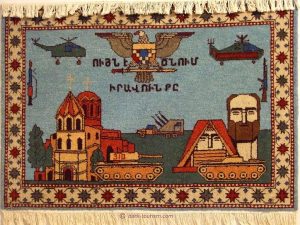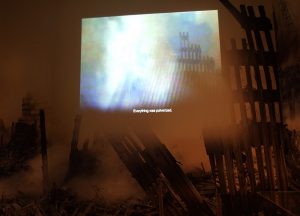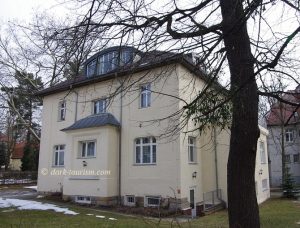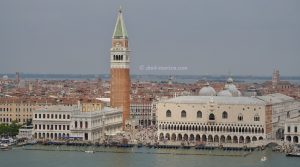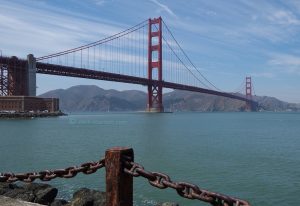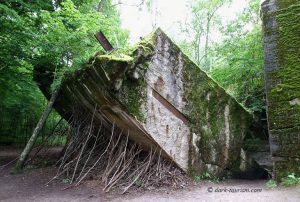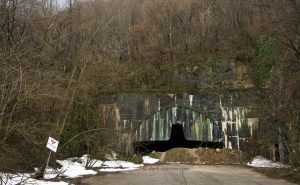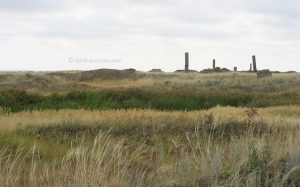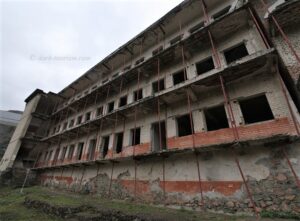
Spaç prison
This is the second blog post derived from my recent week-long trip to Albania (see the previous post about Tirana). During that week I had also booked a day excursion with a driver/guide to the former ruined Spaç prison.
Under the long communist dictatorship of Enver Hoxha, Spaç was one of dozens of political prisons and forced labour camps dotted all over the country. It was set up in such a remote location that the

